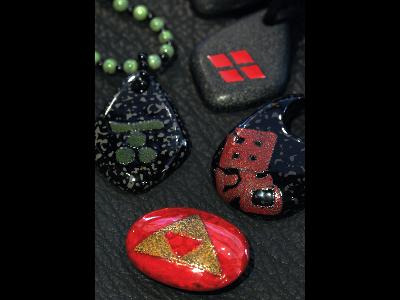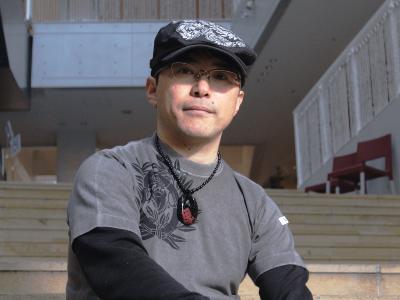|
Mononofu is an old term for a samurai warrior. It is also a brand name created by a man who loves history. The Mononofu brand expresses the uninhibited and innovative spirit of the Sengoku period or the Warring State period.
Hideki Tanaka, the creator of the brand, boldly joins two seemingly contrary elements: the promotion of modern art and the reproduction of traditional craftwork. Mr. Tanaka, who first saw a collection of unusual kabuto helmets for warriors at the National Museum, was struck by their appearance and this sparked the idea of incorporating their design into a new indie T-shirt business.
Since each of Monofuku’s T-shirts is an expression of the unique creativity and aesthetic sense of its artist, Mr. Tanaka sees parallels in the creation process of both his T-shirts and the kabuto helmets. He believes that, if the samurai warriors were alive today, they would embrace modern designs and materials in their expressions of beauty.
Hideki Tanaka, the creator of the brand, boldly joins two seemingly contrary elements: the promotion of modern art and the reproduction of traditional craftwork. Mr. Tanaka, who first saw a collection of unusual kabuto helmets for warriors at the National Museum, was struck by their appearance and this sparked the idea of incorporating their design into a new indie T-shirt business.
Since each of Monofuku’s T-shirts is an expression of the unique creativity and aesthetic sense of its artist, Mr. Tanaka sees parallels in the creation process of both his T-shirts and the kabuto helmets. He believes that, if the samurai warriors were alive today, they would embrace modern designs and materials in their expressions of beauty.
| [→より詳しい記事を見たい方はこちら] | |
| [+ADDRESS] | 
|

















